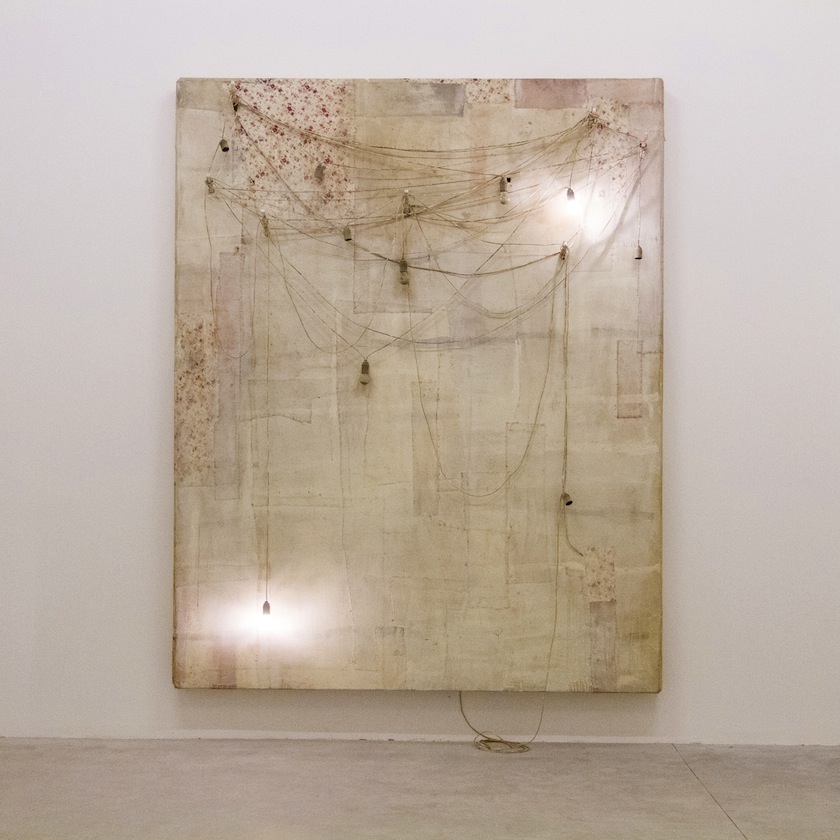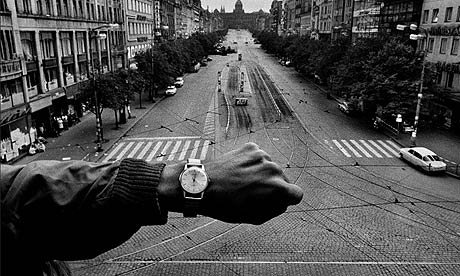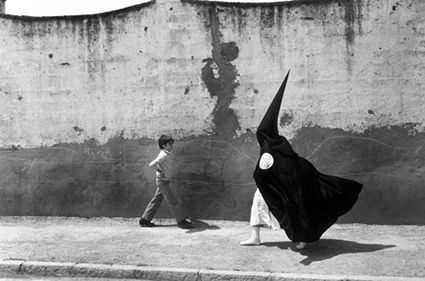Cardinal Ravasi’s embrace of art and fashion, the two dominant enthusiasms of secular culture, conveys a this-wordly moralism more theatrical than moral. Of all modern substitutes for religion, art is the most esteemed. It veils contemporary materialism in the language of transcendent values.
The cardinal wasted no time embracing the peculiar nature of the high-stakes art world. Pope Francis was installed in March, 2013. Two months later Ravasi announced the Vatican’s first foray into the Venice Biennale. Beginning with a modest prehistory in 1893, the Biennale has evolved into the ultimate bazaar. It is part carnival, part casino for grand acquisitors—jet-setting dealers, collectors, curators, and assorted impresarios of the global art market.
Among international nabobs, art is a reserve currency. Big-name biennials and triennials are all about buying and trading. The Venice Biennale, like every international art fair from Basel to Dubai, is part of a lucrative currency market. It has been much criticized in recent years as overrated and exceedingly commercialized. The Vatican’s art-and-culture minister seized it as the Church’s public entrée into the high-roller precincts of the art crowd, an unregulated network of buyers, sellers, and brokers. British artist Damien Hirst was in earnest when he declared, “Art is the greatest currency in the world.”
Ravasi’s gambit, sugared with religious-sounding boilerplate, is more accurately understood in sociological terms than evangelical ones.

A Vatican Seat On The International Art Exchange
For its debut, the Vatican commissioned work from internationally known Czech photographer Josef Koudelka, the celebrated Milan-based multimedia group Studio Azzurro, and American conceptual artist Lawrence Carroll. Cardinal Ravasi called a news conference to intone: “We want to create an atmosphere of dialogue between art and faith.” Micol Forti, curator of the pavilion as well as curator of the contemporary wing of the Vatican museums, followed up on the dialogue meme. She explained that the Biennale offered the Holy See “a space for a dialogue with different ideas, different ideological thinking, different religions. . . . The only important thing is that there is a place where you can speak.”
Contrary to stated devotion to ideas and dialogue, the controlling ideas of the Biennale are investment ones. Moreover, an atmosphere of dialogue is not dialogue at all. Rather, it is one of those aromatic sachets in the closet of an artmind. Authentic dialogue is a conversation, an open interchange: a duologue. But visual art does not return our glance; it does not speak to us. Art can describe (as photographs do) but not converse. And descriptions themselves are bound by time and culture. Ultimately, meaning resides in the beholder; it is supplied to the art by those who view it.


Entries by Studio Azzurro and Campbell typify the reigning sensibility on show at the Biennale. Emphasis is on novelty, a desensitizing agent that renders aesthetics obsolete. By contrast, the work of Koudelka (b.1938) transcends current taste for anarchic contrivance. A legendary photojournalist, he has achieved the iconic status of his late friend Henri Cartier-Bresson (d. 2004). He documented the Soviet occupation of Prague in some 5,000 photos beginning with this:

In following years, Koudelka brought an uncanny eye to other places, other peoples:


Nonetheless, the visual beauty of his photography conveys no affirmations of Christian doctrine. At the exhibit, it was a crafted press release that leads the beholder to “see” a prescribed meaning. The camera has no way to capture those convictions and habits of mind that distinguish Christian consciences. Whatever hint of Christianity might emerge in some elusive way from these photos, it is indistinguishable from conventional humanitarian feeling.
The Vatican’s blurb on Koudelka’s panoramic photographs of post-industrial landscapes gave the game away. This segment of his work was showcased to promote hostility to industrialization. Using art as an indictment of industrial development, the Vatican press spoke in somber tones “of the opposition of man to the world and to moral and natural laws, and material destruction deriving from the loss of ethical meaning.”

Art As Propaganda
Whose ethics? How, precisely, have moral and natural laws have been violated? Which ones? Which industrial or trade policies are on trial here? Which managerial decisions, demographic shifts, technological and economic changes, or codes of conduct do these bleak scenes reveal? Did a service economy outstrip a manufacturing one? Are geopolitics and ideology involved? Might these be the shards of once-productive industry outsourced to China? Or sacrificed to eco-fundamentalist dogma?
The exhibit offered no indication of any distinctly Christian approach to modernization and its intricacies. It simply elicited an emotional response that let viewers bypass understanding. The uncertainties of causes and effects do not lend themselves to the camera.
Viewer, pin the tail on whichever donkey brays to you the loudest.
The Vatican statement on the photos is an ideologized abstraction. This is politics. It is not testimony to those matters of personal sin and redemption at the core of the Church’s reason for being. Material relics of abandoned industrial sites are easy to photograph. The specific agents of de-industrialization, however, are many and complex. Koudelka’s elegiac images convey no knowledge of the initial purpose of these sites nor any understanding of why they collapsed into disuse. We are asked to repent of them without knowing why they existed.
Koudelka’s work was useful to the Vatican as “green” propaganda. A visual stalking horse for Laudato Sí, the images anticipated the encyclical’s hand-wringing over the impact of industry on the landscape. Titled “De-Creation,” the series prompted viewers to mourn man’s footprint on nature. The impact of de-industrialization on individual lives and livelihoods was tangential to the desolation of the natural world. The integrity of the landscape—the face of Mother Nature—was the single concern.
In sum, Vatican entry into the Biennale was an opening move to signal the course of the new pontificate. The unspoken message of the pavilion was clear: the Church was gaining a pope who would put a spiritual face on the aims of secular politics.


